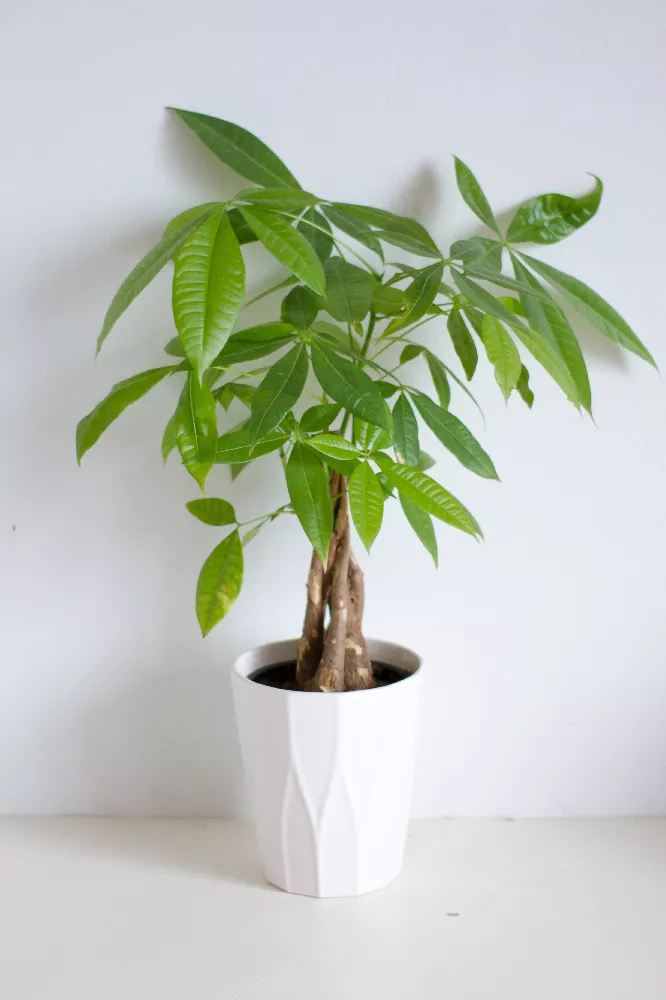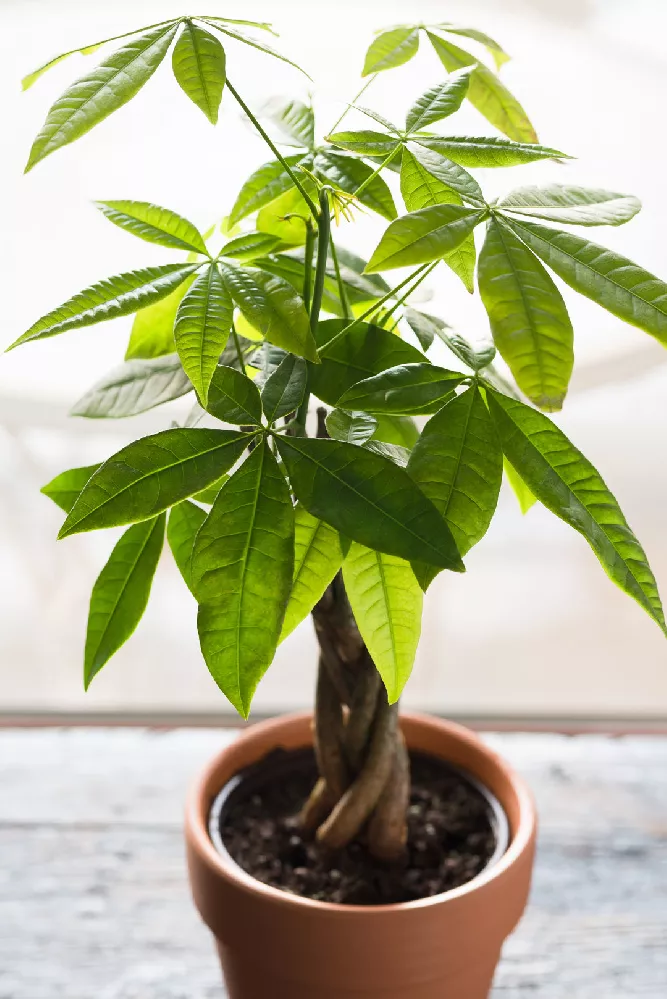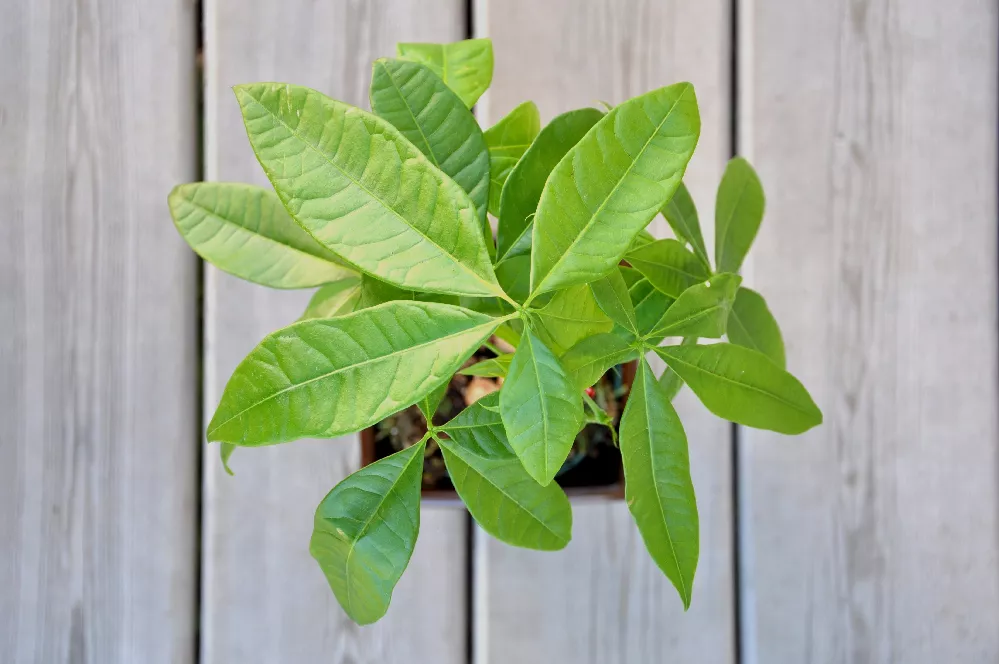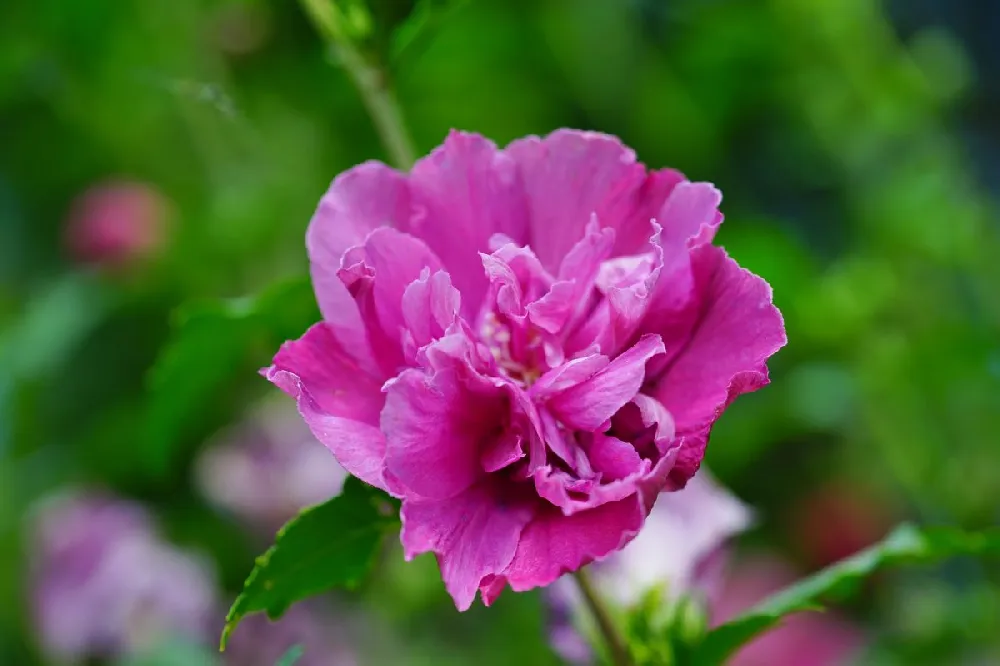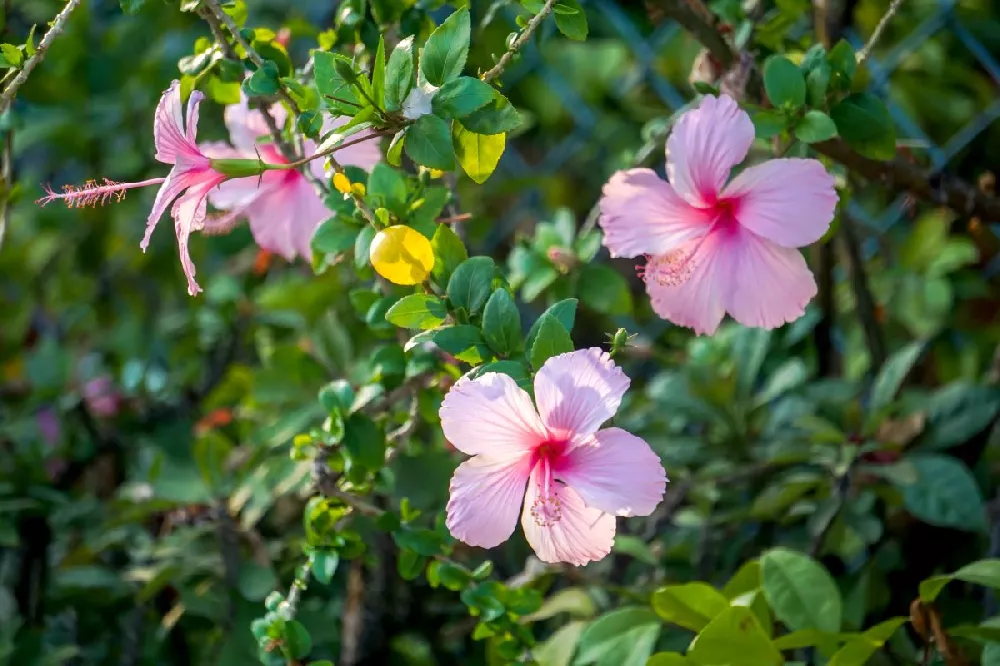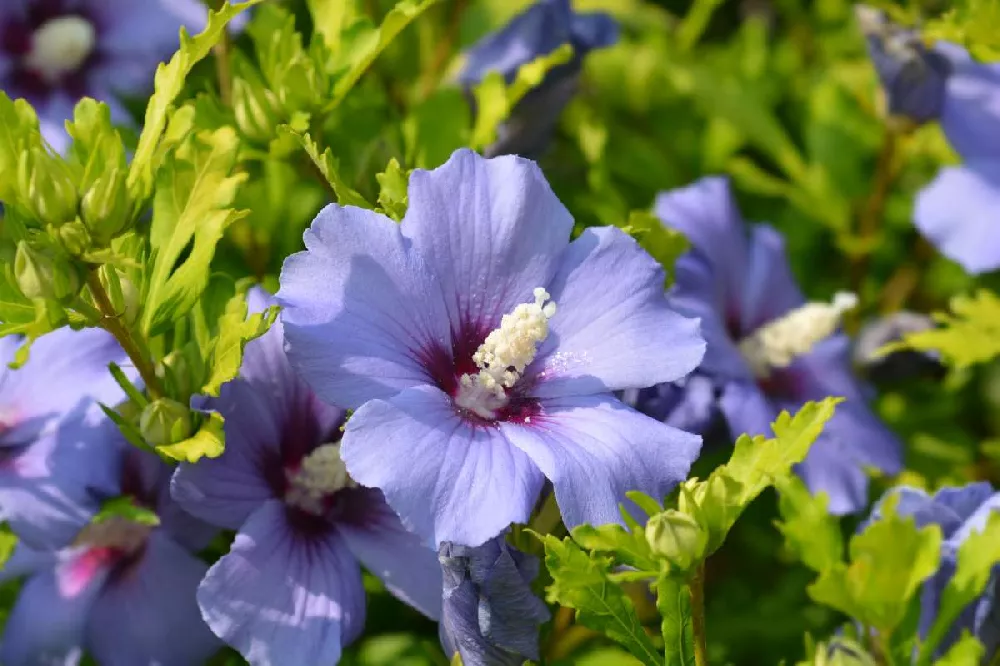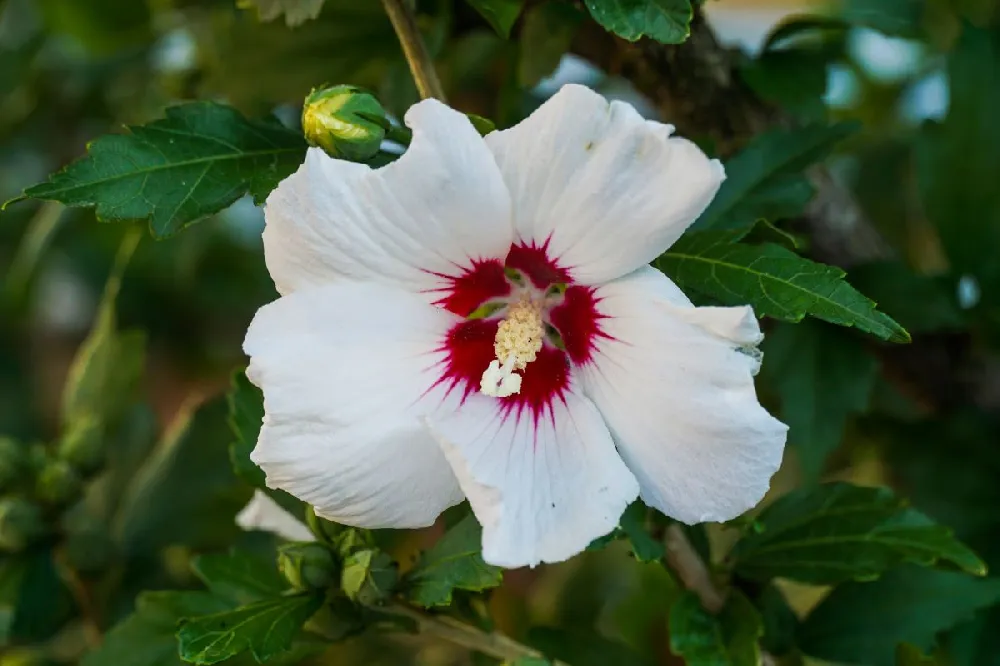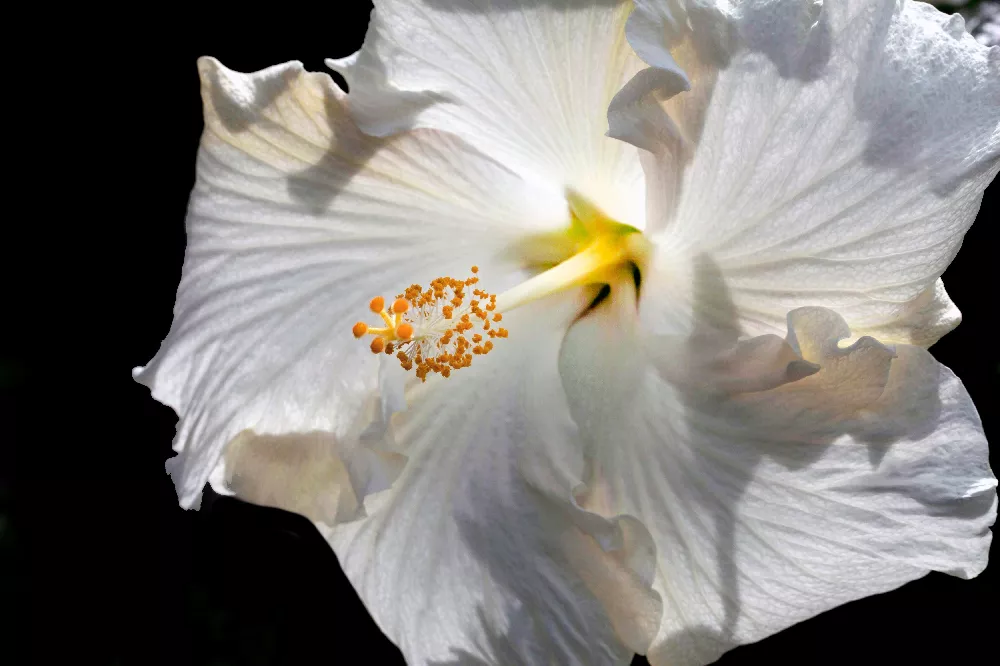- Home >
- Houseplants >
- Money Trees
Money Trees for Sale
- Ships in 1-2 days
- 1-Year Warranty Eligible
- Pots or accessories are not included unless specified in the product options.
Shipping Details:
Products shipped through FastGrowingTrees.com. Once your order is shipped, you’ll receive an email with a tracking number and estimated delivery date. Most orders will ship immediately.
Despite its name, money doesn't grow on a Money Tree. The Pachira aquatica, a native of Central and South America, gets its nickname from a legend in which a poor man prayed for money, discovered this tree, and grew wealthy from selling plants grown from its seeds. Other notable characteristics of Money Trees include:
- They can be grown indoors or outdoors, depending on the climate
- They grow in low-light or fluorescent light conditions
- Popular among feng shui practitioners.
Plant Care
Sunlight

Whether indoors or out, money trees need bright, indirect light for most of the day.
Watering
Water once every 1-2 weeks. Mist the leaves regularly or keep in a high-humidity environment.
Fertilizing

Feed monthly with a balanced 10-10-10 fertilizer during the growing season.
Planting and Care
Planting instructions
Because Money Trees are native to warm South American climates, they can only be grown outdoors in USDA zones 10-12. In other locations, they make ideal houseplants. Money Trees can grow in a range of different soil types, but they do best in well-draining, peaty, loamy soils. If you are planting a Money Tree outdoors, do so in the spring, once evening temperatures are consistently above 45 degrees Fahrenheit. Choose a spot with well-draining soil, indirect sunlight, and protection from strong winds. When planting a Money Tree indoors, select a well-draining container, and place it in a location where it will receive full sun to partial shade.
Watering and nutrients
Money Trees love moisture, but standing in water will lead to root rot. From spring to autumn, water your tree once every one to two weeks, letting the top few inches of soil dry out in between waterings. Check if the soil is dry by dipping your finger into the top of the soil. You can reduce the frequency of waterings during the winter, when growth typically slows. Because minerals in tap water can cause discoloration, water your tree with rainwater, if possible, or distilled water. Feed your Money Tree once a month during the growing season with a water-soluble, balanced fertilizer (NPK 10-10-10)..
Pollination
Outdoor Money Trees produce edible flowers and seeds that are similar to chestnuts in appearance and taste. The nuts grow in green, oval seed pods. Money Trees are not self-pollinating. They rely on bats, insects, and moths for pollination, so only Money Trees grown outdoors or found in the wild will produce flowers and seeds. If you are growing a Money Tree indoors, do not expect to see any flowers or seeds. Even without flowering, the Money Tree still has plenty of beauty.
Pruning
Money Trees are meant to have an even, balanced shape, so you mainly need to prune your plant whenever there are branches or leaves extending from the top or sides of the tree. You should also prune away any dead or damaged leaves and branches, and trim the tree when it grows too wide or tall for its pot. The best time to prune a Money Tree is in the spring. For best results, use sharp, clean pruning shears, and cut just below the leaf axil. Money Trees resprout quickly after pruning, so don’t worry if you cut off too much.
Pests and diseases
The most common diseases that affect indoor Money Trees are fungal diseases like powdery mildew and anthracnose leaf spot, as well as root rot. To prevent these diseases, keep the tree’s container free of debris, keep its foliage dry, and water the plant thoroughly but infrequently. Prune away infected areas. Spider mites and scale insects affect Money Trees. If an infestation occurs, you can treat your plant by washing it thoroughly with insecticidal soap, or a mixture of water, soap, and alcohol.
Harvesting
Indoor Money Trees do not produce flowers and seeds, but if you have an outdoor Money Tree, it is safe to harvest and eat the nut-like seeds the tree produces. When seed pods start falling on the ground, they are ripe and ready for harvest. You can eat the seeds raw—in this case, they will taste like peanuts. Roasting seeds from a Money Tree will give them a flavor similar to chestnuts. You can also grind the seeds into a baking flour as an alternative to wheat flour.
Temperature
This plant thrives in temperatures above 60° F. USDA planting zones 10 to 12 have a suitable climate to grow this tree outside. Otherwise, you should grow it as a houseplant. In both cases, keep your plant out of drafty areas. A lower temperature is needed in the winter because the plant is hibernating.
Light
The Money Tree can endure direct sunlight, but too much will burn its leaves. So it would be best to put it in half-shade or indirect sunlight most of the time. You could also keep it in the direct sun during summer but introduce it gradually. Otherwise, the leaves could get burned. Since it grows towards the light, you should turn the plant occasionally to avoid asymmetric growth.
This plant also loves fluorescent light and is a common choice for an office plant. Once you place it, avoid frequent relocating because the plant might drop its leaves as a result.
Soil
Good drainage and highly nutritious substrate are necessary for this plant; the best choice would be peat moss-based soil. Regular cactus or flower soil will also work. You can add some sand or gravel to assure it drains well. Some popular potting soil on the market has all of these and can be used right away with your Money Tree. Also, use a container with drainage holes. Soggy soil is the most common reason this plant dies, so don’t overpot. Keeping the plant in a smaller pot will also keep it from overgrowing. You can keep your Money Tree in hydroculture if you prefer that.
Humidity
Although this plant will grow in lower humidity, it thrives in high humidity, meaning 50% and higher. If the air in your house is dry, especially in the winter, increase the humidity by placing some gravel and water in the saucer. You could also frequently mist the leaves to achieve this.
Propagation
Stem cuttings
The most common technique used to breed the Money Tree is through stem cuttings. The best time to do this is in the summer. Make 10-15 cm long cuts and place them in water or soil immediately. If you choose to place it in the water first, until the roots develop, make sure it is at least 2 cm deep. Place the water in a warm and sunny spot.
After the roots grew enough, dip the ends in a rooting hormone powder if you wish, and place it in the soil. Be careful in this process because young roots are very sensitive. You can also place it directly in the soil right after the cut, but water usually gives quicker results.
Seeds
Breeding by seeds is less common but is simpler than cuttings. Start by soaking the seeds in water for 24 hours. Prepare a plant-based substrate in a container and place seeds evenly in the soil. Cover the seeds with about 1 cm of soil, water them, and place them in a bright and warm location. Water evenly for the whole germination process, and place them in individual pots when the seedlings grow large enough.
Repotting
Repot the plant when you buy it because it is commonly sold in too small of pots. Bear in mind, though, that small pots are the only thing stopping this plant from growing into a full tree. Afterward, repot only when its roots have outgrown the containers. This happens every few years, and it will keep the soil fresh and will boost the drainage. You can use a larger pot when doing this if you want your plant to grow further. Don’t go overboard with this, though, because too large of pots will retain water. The best time to repot your plant is in the spring.
When you repot, clear out any dry or dead roots, but make sure you don’t shake the roots too much. The plant might drop some leaves, but that is normal and should not worry you.
Common Problems and Pests
This plant rarely has any issues with diseases and pests, but in some cases, the following problems could occur:
Diseases
Yellow leaves
This can develop in low humidity or due to the wrong amount of fertilizer. Increase the humidity if it seems necessary and also place the plant in a permanent location.
Leaf spots
Spots in leaves are usually caused by potassium deficiency. You can cure this issue with a special fertilizer. They could also happen because of overwatering, so adjust your watering habits and remove any dead leaves to stop the spreading of the disease.
Root rot and mold on the substrate
These are a common result of overwatering, so if you notice these, repot the plant in fresh and well-draining soil immediately. Cut off any dead roots in the process.
Pests
Aphids
Apids are a common problem if you keep your plant outside in the summer. If the infestation has just begun, you will probably be able to get rid of it by showering the plant. If this doesn’t work, try using neem oil.
Spider mites
When you see spider mites on your plants, this usually indicates that you should raise the humidity. You will see a white webbing on the stems or undersides of the leaves. Wash your plant when you notice this, and increase the humidity.
Scale insects
They usually come in the winter and can be spotted as tiny brown bumps or by a sticky film on the leaves. You should combat scales by regularly coating your plant with a mix of water, soap, and alcohol.
Money Tree Plant Species
The Money Tree belongs to the Bombacoideae, a subfamily of the Malvacae family. Approximately 70 species have been discovered. They come in a shape of a small or large tree and usually have seed capsules containing many seeds.
FAQs
Why are Money Trees’ trunks braided?
Often, Money Trees you purchase from stores or nurseries have their trunks braided. This is not a naturally occurring phenomenon. Rather, the braided trunks are done by hand, as part of the Money Tree legend, to “lock in” the good fortune that the tree will grant its owner. Braided Money Trees are actually multiple plants braided together when their stalks are still young and pliable. The tree will continue to grow this way throughout its life.
Are Money Trees poisonous?
As previously mentioned, outdoor Money Trees produce nut-like seeds that are safe for humans to consume. These plants are not toxic to common household pets like dogs and cats. That being said, the ASPCA still warns pet owners not to let their cats and dogs chew on the leaves, as they can cause stomach irritation.
Why are the leaves of my Money Tree shriveling and falling off?
Shriveling leaves on a Money Tree usually indicate that the plant is receiving too much light. These plants prefer indirect or even fluorescent lighting. If your plant’s leaves are shriveling or losing their color, try moving it to a shadier location. If your Money Tree is losing healthy green leaves, this may be a result of overwatering, while brown or yellow leaves indicate underwatering. Adjust your watering frequency and amount as needed to rectify these issues.
How often should you repot a Money Tree?
It’s a good idea to repot a Money Tree when you buy it, because they are commonly sold in pots that are too small. After that, you should repot your Money Tree every few years, in the spring, to promote healthy growth and keep the soil fresh. Choose a container that is slightly larger than your current pot, but not too large, as this will retain water. Be gentle when repotting your plant, as Money Trees can be sensitive to disturbances.
Compare Similar Products
Customer Reviews
 Mostly satisfied
Mostly satisfiedSome of the leaves on my plant fell off and quite a few We're brown. Mostly plant seems to be coming back from its trauma!
